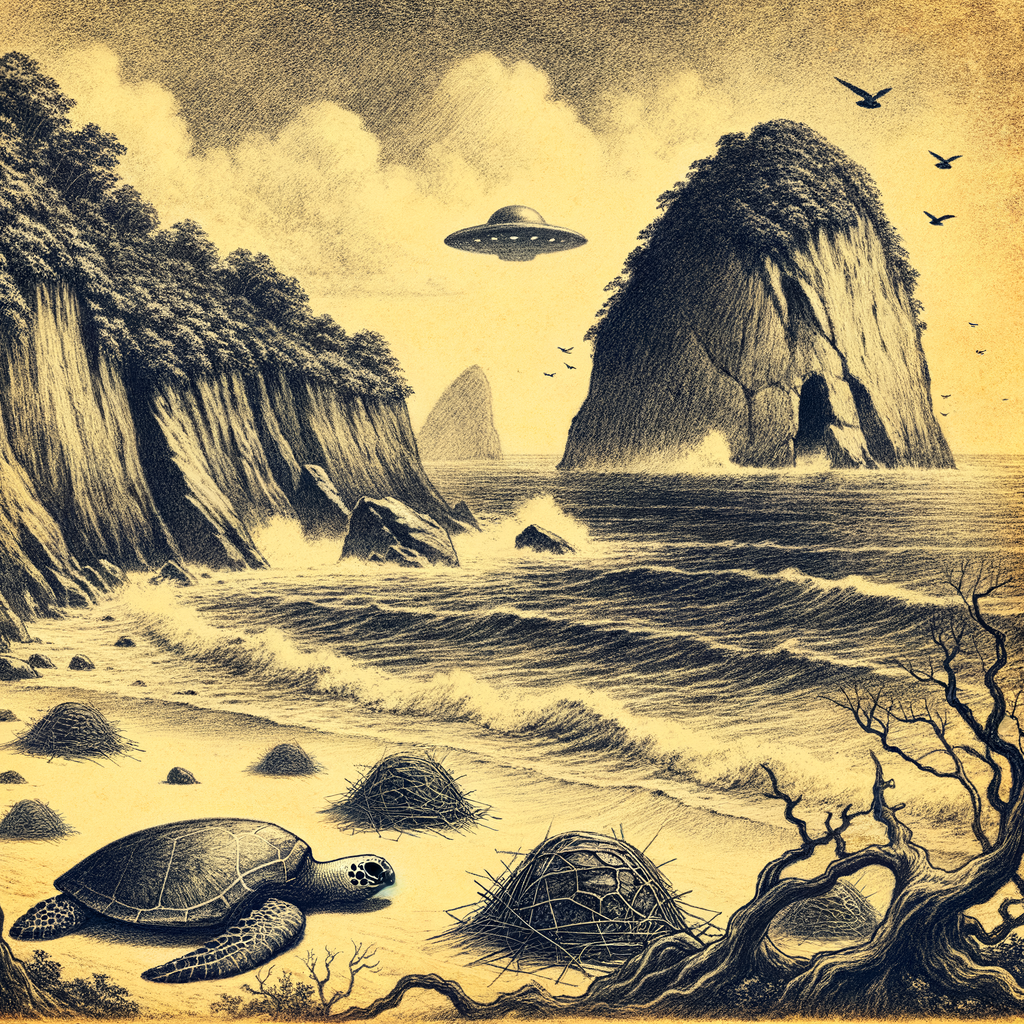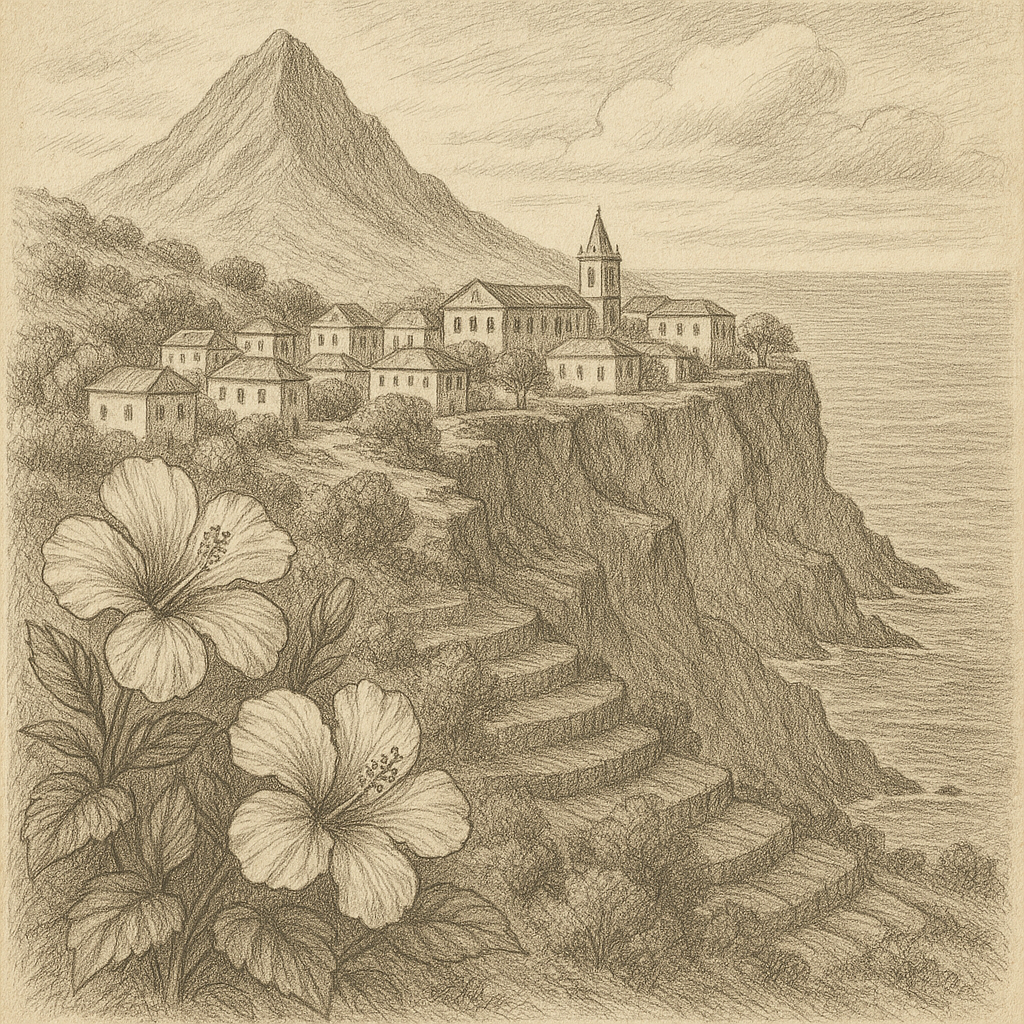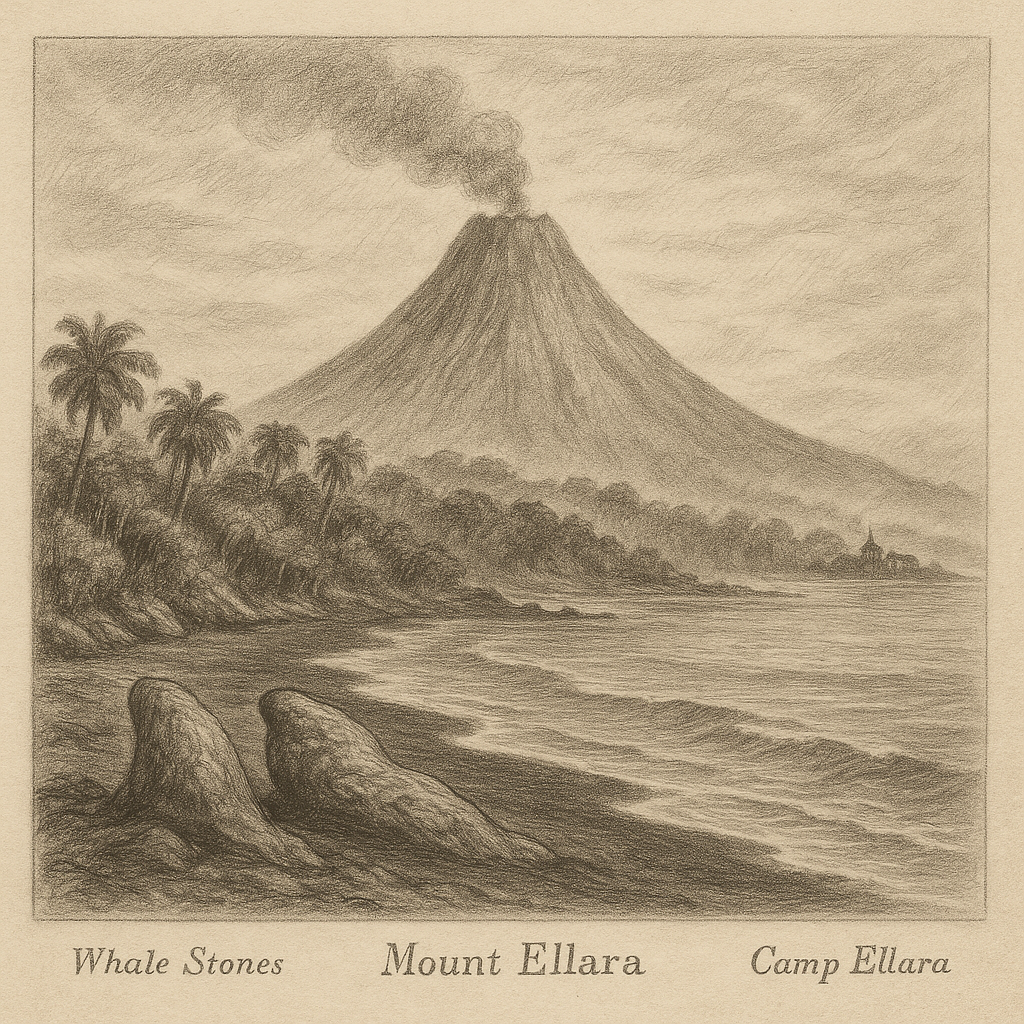Trindade Island: A Remote Jewel in the Atlantic Ocean
Trindade Island, or Ilha da Trindade in Portuguese, is a small volcanic island situated in the central South Atlantic Ocean. At approximately 1,200 kilometers off the coast of Espírito Santo, Brazil, Trindade is one of the most isolated territories of the country and forms part of the Trindade and Martim Vaz Archipelago. This remote and rugged island is not only a marvel of geological processes but also a sanctuary for unique wildlife and rich folklore.
Geography and Geology
Trindade Island lies near the Mid-Atlantic Ridge and is of volcanic origin. The entire island spans just under 10 square kilometers, with steep slopes, rugged coastlines, and high peaks that sharply rise from the sea. Its highest point is Pico do Desejado, which reaches an elevation of 620 meters above sea level.
The volcanic activity that formed Trindade dates back millions of years, and while there have been no recent eruptions, the island’s jagged terrain and basaltic compositions are clear indicators of its fiery birth. The island represents an above-sea-level extension of the Vitória-Trindade seamount chain, which stretches from the coast of Brazil into the Atlantic.
Climate and Ecosystems
Trindade experiences a tropical climate with moderate rainfall throughout the year. The temperatures are relatively stable, ranging between 20°C and 30°C, with high humidity and frequent oceanic winds. These climatic conditions, combined with the island’s isolation, have nurtured a fragile but unique ecosystem.
The island supports a limited but significant variety of flora and fauna, many of which are endemic. It serves as a nesting ground for seabirds such as the Trindade petrel, as well as the endangered green sea turtle (Chelonia mydas), which uses its beaches as critical nesting sites. Its shallow waters are rich in marine biodiversity, housing coral formations, reef fishes, and sharks. Due to its ecological significance, Brazil established nature preservation efforts to protect the island’s flora and fauna, particularly from invasive species introduced during past human occupations.
Human Presence and Exploration
Despite its remoteness, Trindade Island has a history of human interaction. It was discovered by Portuguese explorers in 1502, soon after Brazil’s discovery. Over the centuries, the island was occasionally visited by sailors, pirates, and scientists, and it was even claimed by the United Kingdom in the late 19th century during a dispute that was later resolved in favor of Brazil.
Today, Trindade remains uninhabited in the conventional sense. However, it is home to a small Brazilian naval detachment and occasional scientific researchers. The Brazilian Navy maintains a weather and logistical station on the island, with personnel rotated periodically. Access is tightly restricted, mainly limited to Brazilian government vessels and scientific expeditions.
Interesting Facts
Trindade Island is not only a natural wonder but also a place full of intriguing features:
– In the early 20th century, the British astronomer Percival Lowell erroneously believed that Mars’ Canals had similarities with features observed on Trindade’s surface.
– Trindade is one of the rare places in the South Atlantic where green turtles consistently nest, making it a vital breeding site for this endangered species.
– The island’s surrounding sea is a hotspot for sport and scientific fishing, occasionally bringing in specimens of large pelagic fish such as marlins and tunas.
– Trindade and its neighboring islets were once considered for nuclear testing bases, though the idea was quickly abandoned due to environmental concerns.
– In 1958, the island gained unexpected international attention when a Brazilian Navy photographer claimed to have captured images of a UFO flying over the island—a claim that sparked global debate and attracted UFO enthusiasts.
Myths and Legends
Despite its scientific importance, Trindade Island has also captured the imaginations of sailors, explorers, and storytellers for centuries. One of the most enduring legends tied to the island involves the so-called “Enchanted Stone,” a rock formation said to resemble a human figure gazing out to sea. Local lore claims that the figure is a petrified guardian, watching over sunken treasures believed to be hidden in the ocean caves around the island.
Another legend speaks of sirens or sea nymphs that would sing near the island’s shores, luring passing ships off course. These stories are reminiscent of Homeric myths and speak to the awe and mystery Trindade has inspired in those who have braved its remote waters.
Among more contemporary stories, the 1958 reported UFO sighting remains one of Brazil’s most famous unexplained phenomena. The event occurred when a military photographer aboard the Brazilian naval training ship Almirante Saldanha captured a series of photos that allegedly showed a flying saucer-like object hovering above the island. The incident was taken seriously enough that it was investigated by Brazilian intelligence, and the photographs were widely circulated in UFO circles around the world. To this day, no conclusive explanation has been found.
Conservation and Accessibility
Trindade Island is under environmental protection by the Brazilian Navy and the Ministry of the Environment. Invasive species such as goats and pigs, introduced in earlier exploratory attempts, caused extensive ecological damage. Large-scale efforts have been made to eradicate these animals and allow the island’s native vegetation and wildlife to recover. Native plant species such as the Trindade euphorbia and island ferns are now slowly regaining ground.
Due to its fragile environment and strategic significance, access to Trindade is highly restricted. The island cannot be visited by leisure travelers or tourists. Researchers and government personnel are the only individuals allowed to land, and even these categories require strict permission and adherence to environmental protocols. Shipping to the island is possible only through Brazilian navy vessels, which typically make scheduled voyages a few times a year.
Conclusion
Trindade Island remains one of the most enigmatic and isolated territories under Brazilian sovereignty. Its volcanic origins, rare wildlife, and mysterious legends combine to make it a place of both scientific interest and cultural allure. Though few have set foot on its shores, its stories and natural significance continue to circulate around the world, reminding us that our planet still holds islands where the natural world reigns and mysteries persist.



